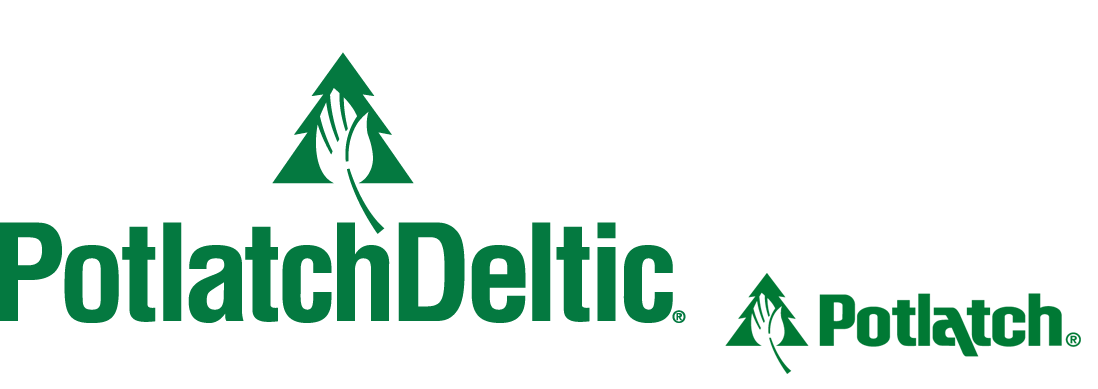
Wood Products Environmental Management
Committed to Minimizing Our Footprint
Understanding the depth and breadth of all applicable requirements of environmental laws and our operating permits, and establishing reliable methods to meet those requirements, are critical in establishing a reliable compliance assurance program.


ENVIRONMENTAL MANAGEMENT SYSTEM
PotlatchDeltic operates six lumber mills and an industrial plywood facility. Each mill operates subject to stringent limits and legal requirements within various environmental permits and regulations that are in place to protect air and water quality.
Under the Clean Air Act and our site-specific Renewable Operating Permits, our mills closely monitor operating parameters and air emissions, including hazardous air pollutants (HAPs) to ensure those emissions are minimized. Under the Clean Water Act, we protect water quality by meeting strict discharge limits and other provisions established at each site for process water and stormwater discharges through the National Pollutant Discharge Elimination System (NPDES). Resource efficiency is a critical component of our operations, and we are continually working to reduce our waste.
PotlatchDeltic wood products facilities have procedures and programs in place to comply with all applicable environmental laws and regulations. An environmental compliance management system (CMS) establishes best practices, programs, and procedures that strive for 100% compliance with federal, state, and local regulations governing air emissions, water discharges, and waste disposal.
The CMS provides a standard framework to promote reliable environmental compliance in alignment with our Environmental, Health, and Safety Policy. The CMS also includes processes for the establishment and execution of annual Wood Products Division and facility-specific objectives and targets intended to drive continual improvement in environmental performance and regulatory compliance reliability.
The CMS includes a “Roadmap Process” used to identify all applicable environmental compliance requirements for air, water, and waste. The Roadmap Process links the identified actionable items with standard operating procedures to meet those specific requirements. Supporting management system elements integrated into the road mapping process include monitoring and measurement, operational control, and recordkeeping.
We pursue continual improvement in the reliability of our compliance assurance programs through employee training, process monitoring, systematic performance evaluations, and through regular internal compliance audit and corrective action processes. Key findings and best practices identified in these audits are shared across facilities to focus improvement across the division. We establish objectives, targets, and programs to improve compliance reliability and enhance overall environmental performance. Each site reviews their compliance status as well as progress against environmental objectives at least semiannually. In addition, business level reviews take place several times per year as part of the annual planning process.




